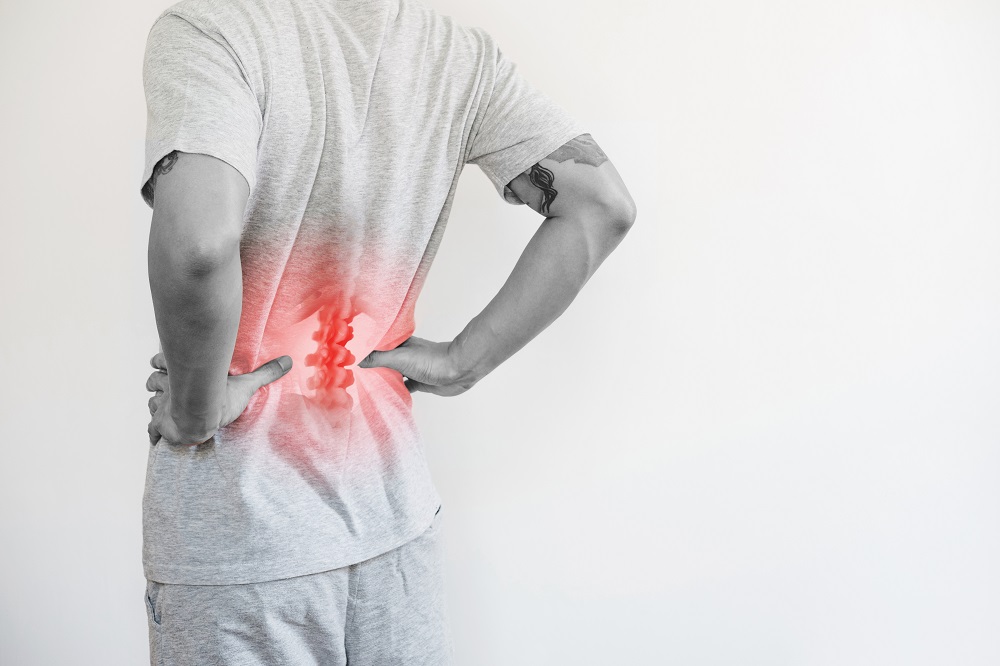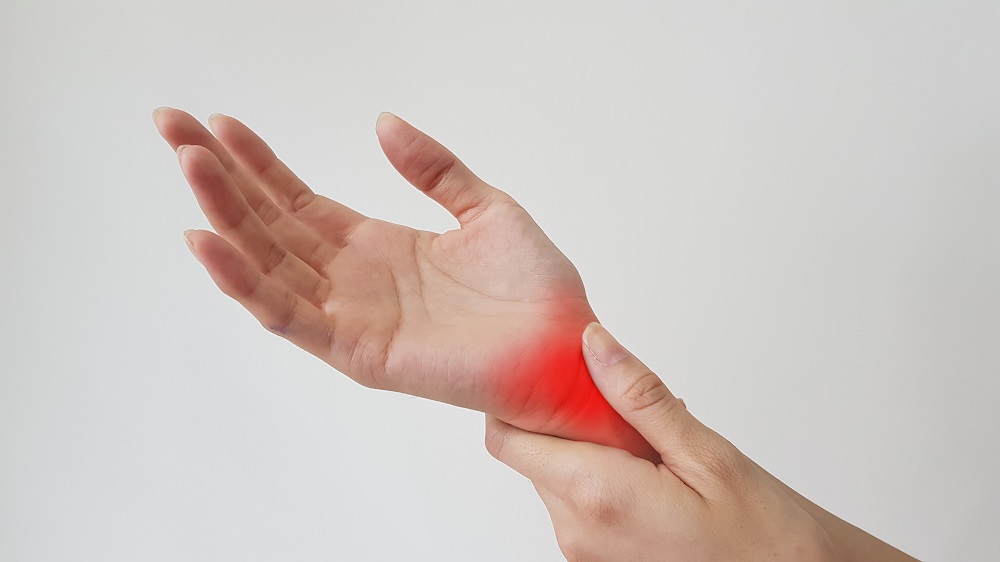What is Dynamic Lumbar Instability?
Low back pain is one of the most common ailments affecting people every day. Almost 80 percent of Americans will have low back pain at some point in their life. Dynamic Lumbar instability can be a source of mechanical low back pain. The definition of dynamic lumbar instability is a loss of stiffness in the spine. When the lumbar spine loses its stiffness, spinal segments may begin to move beyond the normal constraints when a load is applied. This may lead to excessive forces and in turn wear and tear of the joints and ligaments of the spine.
What Causes Dynamic Lumbar Instability?
To understand what causes dynamic lumbar instability we must understand the anatomy of the spine. The spine consists of vertebrae, inter-vertebral discs, muscles, and ligaments. The vertebrae are aligned one on top of the other with an intervertebral disc with long and short spinal ligaments holding everything together. In addition to ligaments, there are several layers of muscles of the core that help stabilize the entire spinal column, often absorbing or attenuating forces that could be damaging to the spinal structure. Dynamic lumbar stability comes from the discs, ligaments, and muscles working together to maintain the proper alignment of the vertebral bones. If there is a deficiency in any of the above structures this could result in dynamic lumbar instability.
Dynamic lumbar instability can be caused by a number of different pathologies; degenerative diseases, trauma to the spine or surrounding structures, development disorders like scoliosis, infections, and tumors. Often dynamic lumbar instability is due to biomechanical factors, or the way our body segments move in relation to one another. The vast majority of low back problems are a result of wear and tear and improper movements of the spine over many years. Sometimes these improper movements may lead to injury of the intervertebral discs which may lose their height and fullness. As a result, the vertebral bones move closer together, allowing some of the spinal ligaments to be put on slack and placing the spinal musculature at a disadvantage further perpetuating the instability problem. Rarely do spinal injuries happen in isolation though, meaning, there is almost always multiple structures involved with potential movement problems above and below the spinal column.
When the spine becomes unstable the body will compensate and the muscles of the lower back tend to tighten up and work harder to try and stabilize the spinal column. Lower back pain and the feeling of tightness or stiffness is the primary symptom of dynamic lumbar instability.
Signs and Symptoms of Dynamic Lumbar Instability
Symptoms from lumbar instability and low back problems vary. They depend on a person’s condition and which structures are affected. Some of the more common symptoms of low back problems are:
- low back pain
- Pain or stiffness with prolonged postures like sitting or standing for long periods
- back stiffness and reduced range of motion
- Pain with activities like running, sprinting, lifting or sports.
- Pain is often relieved through position changes and laying down
Physical Therapy Management
Physical therapy for lumbar instability mostly involves core stability training. Sometimes the term core strengthening is used but dynamic lumbar instability is rarely a strength problem as much as a sequencing problem. This means that the muscles of the core are not working in the right order or are not working well together. Co-contraction training, muscle activation training, or motor control exercises are all used to restore proper motor programming of the lumbar spine. Physical therapy treatments also focus on relieving pain, improving back movement, and fostering proper posture. There is a great deal of scientific proof that exercise and increased overall fitness reduce the risk of developing back pain, Physical therapy has been shown to improve the low back symptoms and reduce the frequency of recurrent back pain.




